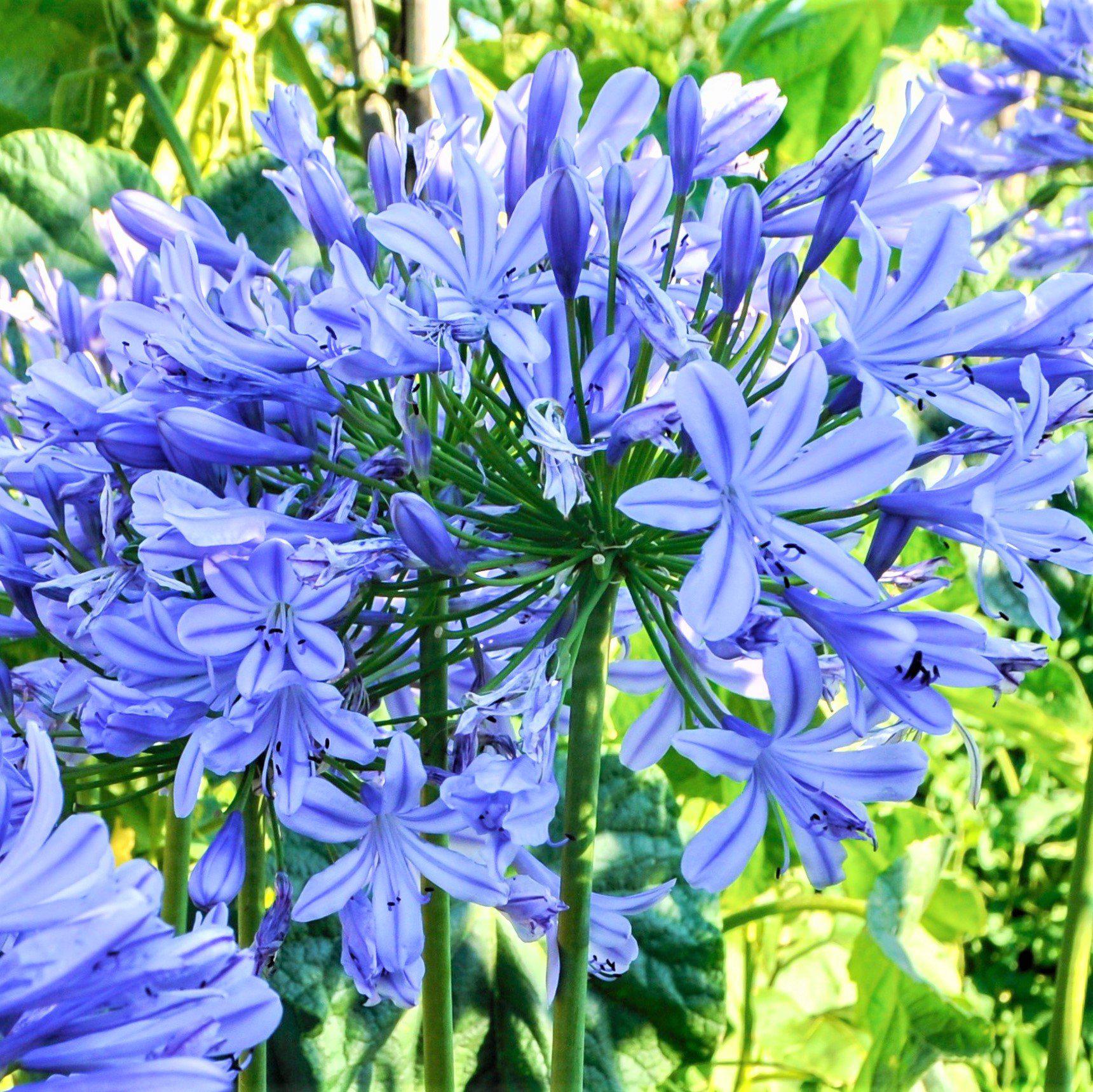Agapanthus Treatment Tips for Lush and Vibrant Flowers
Agapanthus Treatment Tips for Lush and Vibrant Flowers
Blog Article
Mastering the Art of Agapanthus Treatment: Essential Steps for Healthy Growth and Lively Blooms
In the world of gardening, the growing of agapanthus stands as a fulfilling endeavor for those that seek to nurture these elegant blooming plants. With their striking flowers and stylish foliage, agapanthus has actually captured the interest of garden enthusiasts worldwide. However, accomplishing optimal development and vivid blossoms needs a nuanced technique that incorporates different essential steps. From choosing the appropriate selection to understanding pruning methods, the journey towards cultivating flourishing agapanthus plants is complex and holds the vital to unlocking the complete potential of these agricultural gems.

Picking the Right Agapanthus Selection

When selecting the appropriate Agapanthus selection for your garden, think about variables such as environment viability, flower color, and growth routine. Agapanthus, typically referred to as Lily of the Nile or African lily, comes in a selection of colors ranging from shades of purple and blue to white. Choose a flower shade that enhances your existing garden scheme to create an unified landscape. In addition, consider the environment in your area to ensure the Agapanthus range you select can thrive in your particular conditions. Some varieties are a lot more tolerant of cool temperature levels, while others prefer warmer climates. Comprehending the growth practice of various Agapanthus selections is crucial for correct positioning within your yard. Some ranges have a clumping growth behavior, perfect for boundaries or containers, while others have a more dispersing nature, ideal for ground cover or mass growings. By thoroughly examining these elements, you can pick the perfect Agapanthus range to enhance the elegance of your garden.
Perfect Growing Conditions
Considering the optimum environmental demands is crucial for effective Agapanthus farming. Agapanthus plants are sensitive to cold temperatures and must be safeguarded from frost during winter months.
To ensure healthy and balanced development and vivid flowers, plant Agapanthus light bulbs at a depth of concerning 2-4 inches and space them 8-12 inches apart. Mulching around the base of the plants helps maintain dampness and suppresses weed growth.
Watering and Fertilizing Tips
Keeping appropriate wetness levels and providing crucial nutrients are crucial components in the treatment program for Agapanthus plants. When view it now it comes to watering Agapanthus, it is vital to strike an equilibrium. These plants like regularly moist dirt however are vulnerable to root rot if overwatered.
Feeding Agapanthus is vital for promoting healthy and balanced development and prolific blooms. Use a balanced fertilizer, such as a 10-10-10 formula, in the early springtime as new growth arises. By following these watering and feeding ideas, you can ensure your Agapanthus plants grow and generate vibrant, lasting flowers.
Pruning Strategies for Agapanthus
Pruning Agapanthus plants at the suitable times and with proper techniques is vital for maintaining their wellness and advertising optimal development and blooming. The excellent time to trim Agapanthus is in late wintertime or very early spring prior to new development emerges.
Deadheading invested flowers can additionally reroute the plant's energy right into generating more blooms instead than setting seeds. If you want to gather seeds for proliferation, leave some blossoms to mature and dry on the plant.
Remember to make use of tidy, sharp tools to make specific cuts and lower the danger of introducing conditions. Agapanthus. Normal trimming will help maintain your Agapanthus looking healthy and neat while guaranteeing a plentiful display of beautiful blossoms
Handling Usual Pests and Illness
After guaranteeing proper trimming strategies for Agapanthus, it is vital to deal with usual parasites and diseases that can influence the health visit this web-site and vigor of these plants. One usual bug that affects Agapanthus is the Agapanthus gall midget.
An additional common issue is fungal fallen leave spot, which presents as dark sores on the leaves. To avoid fungal conditions, make certain great air blood circulation around the plants, avoid above watering, and eliminate any type of contaminated fallen leaves without delay. Furthermore, Agapanthus plants can endure from root rot if they are grown in improperly draining pipes soil. To avoid this, plant Agapanthus in well-draining dirt and avoid overwatering. By being alert and taking punctual activity against conditions and parasites, you can assist your Agapanthus plants prosper and generate lively blossoms.

Final Thought
In verdict, check my reference understanding the art of agapanthus care entails selecting the right variety, supplying optimal planting conditions, appropriate watering and fertilizing, appropriate trimming strategies, and resolving common pests and conditions. By adhering to these necessary steps, you can guarantee healthy and balanced growth and dynamic blooms for your agapanthus plants. Remember to frequently keep an eye on and maintain your plants to advertise their total health and longevity.
To make sure healthy growth and vivid blossoms, plant Agapanthus bulbs at a deepness of concerning 2-4 inches and space them 8-12 inches apart. By adhering to these watering and fertilizing tips, you can ensure your Agapanthus plants flourish and produce dynamic, lasting blooms.
One typical bug that impacts Agapanthus is the Agapanthus gall midge. Additionally, Agapanthus plants can suffer from origin rot if they are grown in inadequately draining pipes dirt. By complying with these necessary steps, you can make sure healthy and balanced development and vibrant blooms for your agapanthus plants.
Report this page